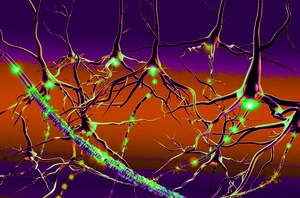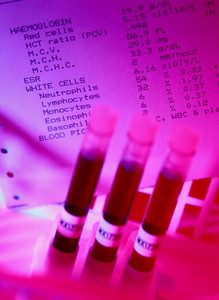Product-specific testing to determine therapeutic equivalence has been an approach used by the US Food and Drug Administration (FDA) since 1984, including products with unique features. In a recent paper Kesselheim and Gagne [1] discussed a number of aspects related to NBCDs.
Product-specific testing has been primarily used by FDA in two situations:
- Cases for which certain bioequivalence studies were not relevant
- Cases of complex molecules, e.g. non-biological complex drugs (NBCDs), that may require specially tailored pharmaceutical equivalence studies
Like biologicals, NBCDs consist of different (closely related) structures that cannot be fully quantitated, characterized or described by (physico-)chemical analytical tools. The composition and quality of NBCDs are dependent on the manufacturing process and controls – just as is the case with biologicals.
FDA does not formerly recognize NBCDs, with originators required to follow the new drug application (NDA) route and follow-on NBCDs using the generics – abbreviated new drug application (ANDA) – route. The agency has, however, issued draft guidance documents for certain NBCD families, e.g. liposomes, different iron carbohydrates (iron sucrose, iron gluconate, ferumoxytol), glatiramer acetate and cyclosporine ophthalmic emulsions [2].
Kesselheim and Gagne, from the Department of Medicine, Brigham and Women’s Hospital and Harvard Medical School, discuss examples of product-specific testing used by FDA for venlafaxine extended release, acarbose, vancomycin capsules, sodium ferric gluconate, salmon calcitonin nasal spray and enoxaparin. They are concerned that ‘there is no formal process in place to monitor the safety and effectiveness of generic drugs approved using modified regulatory pathways’. In their paper they propose ‘several strategies that can be used to monitor the safety and effectiveness of generic drugs approved via product specific determinations of therapeutic equivalence’.
The authors suggest that FDA’s Sentinel system could be used. ‘With electronic healthcare data covering 178 million individuals, Sentinel could facilitate large rapid assessments of the safety and effectiveness of new generic [drug] products’. Large observational studies in electronic healthcare data, according to the authors, ‘can also be used to examine patient outcomes after switching between brand-name and generic versions of a drug and to conduct time-series analyses’.
The authors conclude that ‘active monitoring of these drug products in large electronic healthcare databases should become another routine tool’. In addition, they add that ‘required reporting to such registries as clinicaltrials.gov would increase transparency’ and promote confidence in prescribers and patients.
Conflict of interest
The authors of the research paper [1] received research funding and the manuscript was supported by a grant from the FDA Office of Generic Drugs. For full details of the authors’ conflicts of interest, see the research paper [1].
Editor’s comment
Readers interested to learn more about NBCDs are invited to visit www.gabi-journal.net to view the following manuscripts published in GaBI Journal:
Non-Biological Complex Drugs (NBCDs) and their follow-on versions: time for an editorial section
Complexity in the making: non-biological complex drugs (NBCDs) and the pharmacopoeias
GaBI Journal is indexed in Embase, Scopus, Thomson Reuters’ ESCI, and more.
Readers interested in contributing a research or perspective paper to GaBI Journal – an independent, peer reviewed academic journal – please send us your submission here.
Related articles
EU guidelines for follow-on NBCDs
Regulations for follow-on NBCDs
References
1. Kesselheim AS, Gagne JJ. Product-specific regulatory pathways to approve generic drugs: the need for follow-up studies to ensure safety and effectiveness. Drug Saf. 2015;38(10):849-53.
2. GaBI Online - Generics and Biosimilars Initiative. US guidelines for follow-on NBCDs [www.gabionline.net]. Mol, Belgium: Pro Pharma Communications International; [cited 2017 Mar 31]. Available from: www.gabionline.net/Non-Biological-Complex-Drugs/Guidelines/US-guidelines-for-follow-on-NBCDs
Permission granted to reproduce for personal and non-commercial use only. All other reproduction, copy or reprinting of all or part of any ‘Content’ found on this website is strictly prohibited without the prior consent of the publisher. Contact the publisher to obtain permission before redistributing.
Copyright – Unless otherwise stated all contents of this website are © 2017 Pro Pharma Communications International. All Rights Reserved.








 0
0











Post your comment